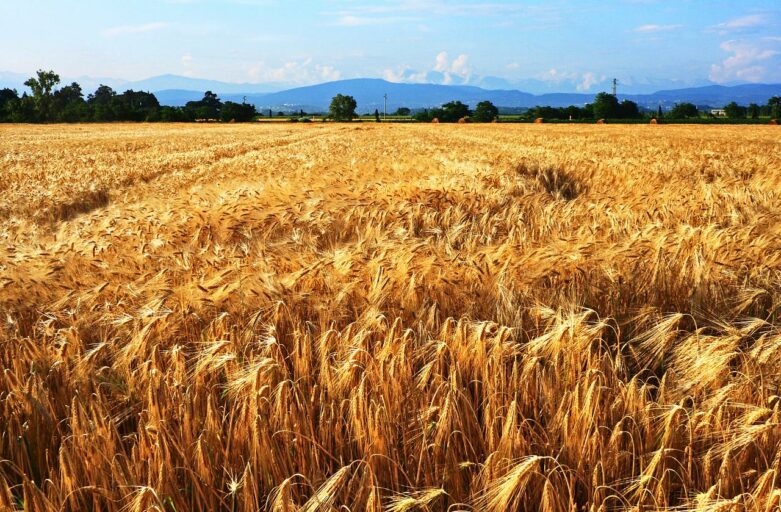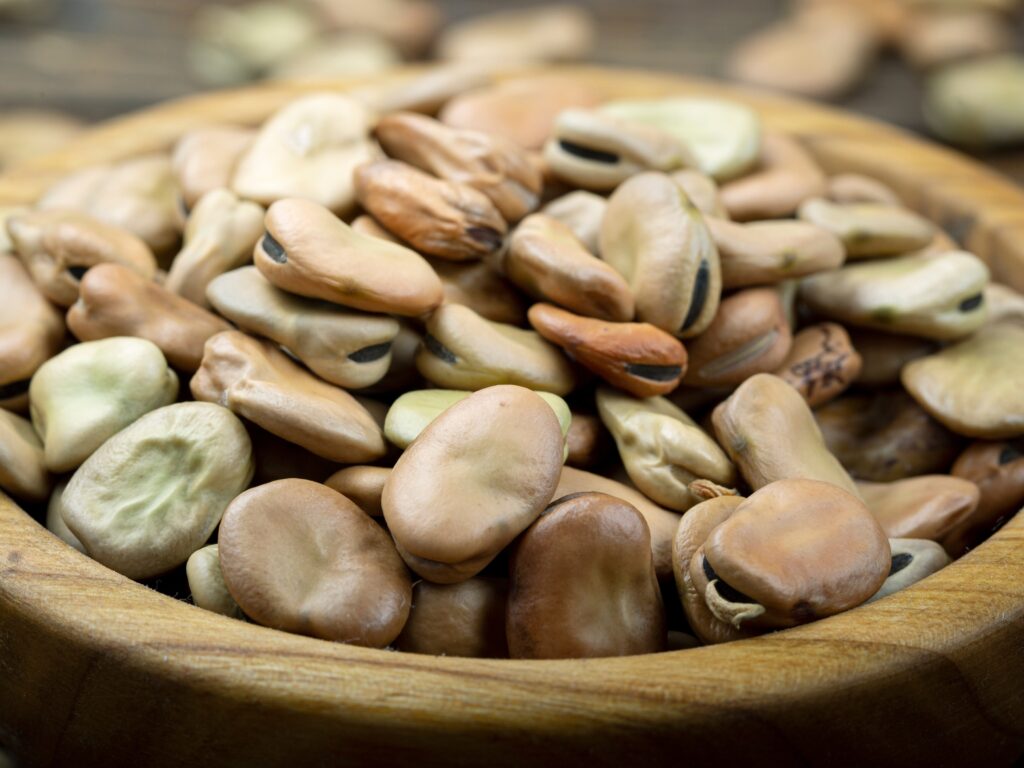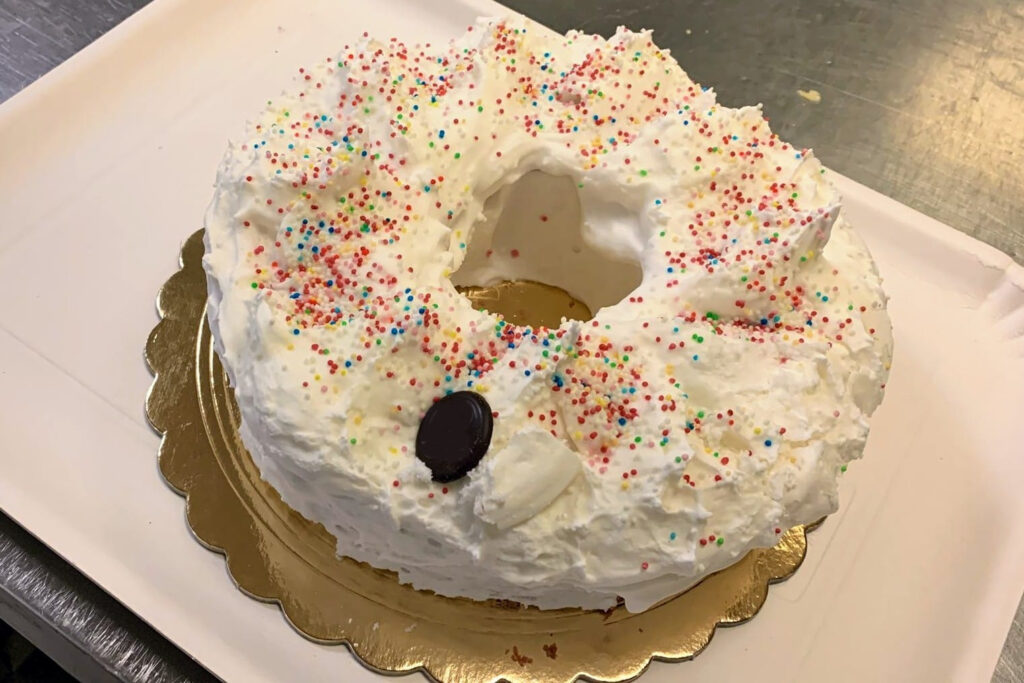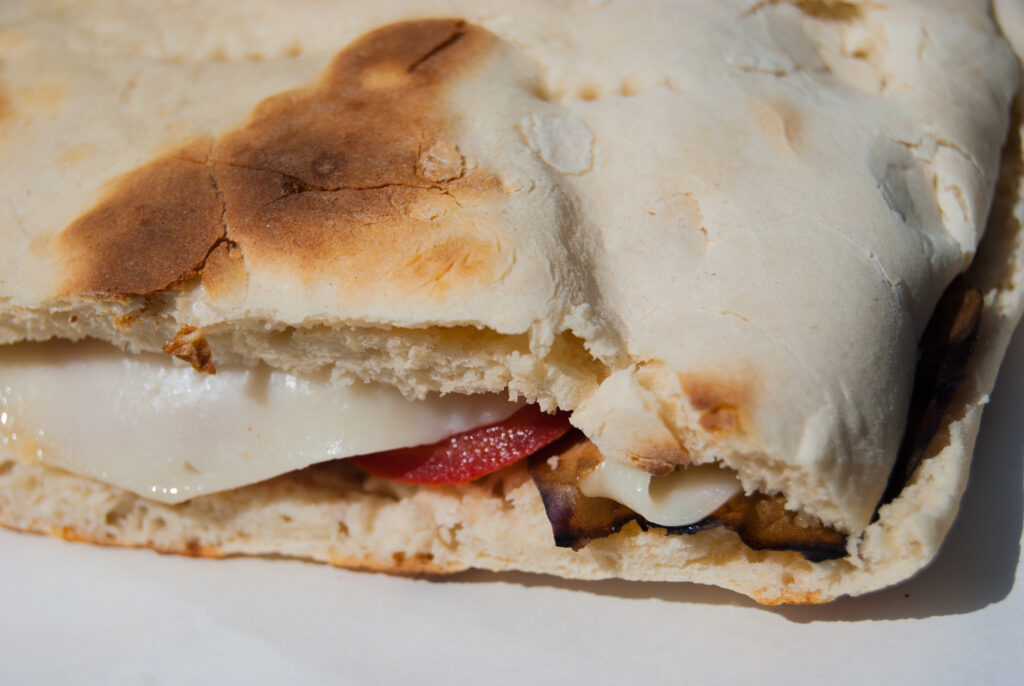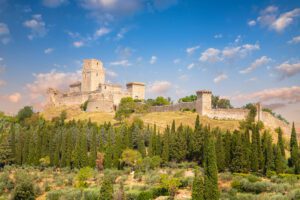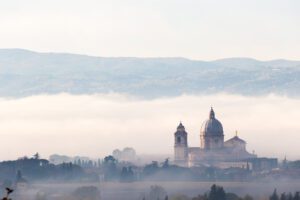Spelt is a typology of wheat cultivated and used throughout Italy since ancient times. However, the spelt of Monteleone di Spoleto (Umbrian city borders with the Lazio Region) has a particular characteristic: it is the first to have obtained the DOP (PDO - Protected Designation of Origin) certification in Europe.
From legends to historical evidence
A legend tells that it was Saint Nicholas of Bari to bring spelt in Monteleone di Spoleto. The Saint, while crossing the little Umbrian town, was particularly impressed by the severe poverty conditions of its inhabitants, so he gave them some spelt to feed the poorest. However, this legend might be an adaptation of an episode of the Saint’s biography, in which he sent spelt to the inhabitants of Mira (in the province of Venice), exhausted by hunger after a long period of famine.
Besides this legend, there is also historical evidence of spelt cultivation in Umbria. In the Etruscan “Tomba della biga” (tomb of the biga) (VI century B.C) that has rediscovered in the municipality of Monteleone, have been found tools used for cereals processing. There were also traces of different grains, including spelt. Contemporary history is also a witness of this cultivation: during the Second World War, German soldiers stole to the population of Monteleone all sustenance products, except spelt, that thus became the only food source for the local inhabitants.
Typologies and production technique
The spelt of Monteleone di Spoleto is cultivated from the local specie triticum dicoccum from which it is possible to produce three typologies: integrale (whole), semiperlato (semi-pearled) and spezzato (broken). The production area includes, besides the municipality of Monteleone di Spoleto, also those of Poggiodomo, Cascia, Sant’Anatolia di Narco, Vallo di Nera e Scheggino.
The cultivation technique has remained unchanged for centuries. After the harrowing (a land-levelling method), the spelt is generally seeded in autumn or between February and May. This difference in seeding periods is due to the elevation of the land. The spelt is fertilised with organic products and is generally harvested between July and September. The grains of each typology have a long shape, are slightly curved and have a light brown, amber colour. However, each typology requires different processing steps. The spezzato spelt derives from the integrale but without the chaff (the outer covering of the grain); then, it is broken into three or four parts. From further gridding, it is possible to obtain spelt semolina. The semiperlatospelt is also called “decorticato” (decorticated) due to the lack of a thin exterior layer of bran, whereas the integrale also has the external fibres.
Different culinary uses
The culinary use of this product is extended, from the preparation of hot soups to cold salads. Spelt flour is suitable for cooking sweets (such as tarts and biscuits) or salty products, such as focaccia (focaccia bread). A typical Umbrian recipe is the imbrecciata: a legumes soup of the rural tradition, which name aims to compare the breccia (gravel) to the different types of legumes used in this dish.
Vivi l’Umbria insieme ai suoi protagonisti
Percorsi ed esperienze da scoprire per un’immersione nella cultura, nella natura e nei sapori umbri
